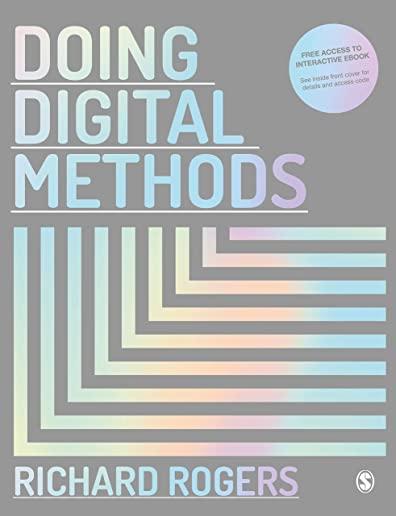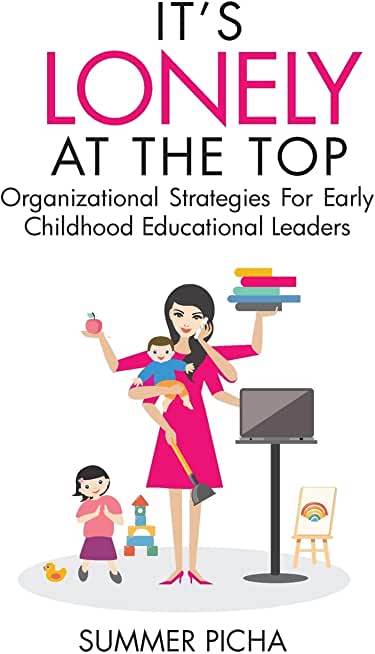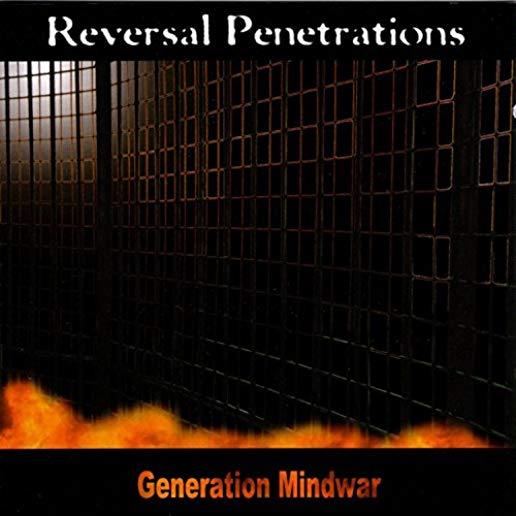
Kahn, Drew
product information
description
7Contemporary education research suggests that experiential learning is a primary component of academic success. School campuses around the globe (elementary- university) are abuzz with terms like collaborative development, project-based learning and kinesthetic processes. The common denominators:
- A universal desire to place students into Actively Doing vs. Passively Knowing learning environments
- A universal frustration as to how to implement structured programming
Today's students are from a different world than the knowledge-based education systems of yesterday. With multiple sources of information at their fingertips (literally), today's students are craving lessons in the application of their knowledge. This marks a crucially important moment in the history of western education: Educators are now required to be facilitators of learning in addition to distributors of knowledge. The dissemination of knowledge remains important--but not nearly as important as collaborating with students to apply their knowledge to their lives, their worlds, their communities, their families and their future vocations.
Traditional methods of fact memorization must be replaced with strategies for conflict resolution; passive in-class listening must be replaced with innovations in community building; independent study preferences must be replaced with multi- cultural identity exploration. We must prepare the next generation for the world they are entering rather than the world we lived in decades ago. We must not merely work outside the box, we must break the box! We must provide tools for moving the knowledge from the head to the heart. We must provide students with the vocabulary to tell their stories for this is what will be required of them at every personal and professional crossroad of their lives. They must learn to tell their
stories well if they are to positively impact their lives and the worlds they live in. The best way to learn how to do this is from the source: Stories.
The educational power of storytelling through performance can address crucial areas of learning. From the shaman of Mesopotamia 7,000 years ago using chanted stories to communicate survival strategies to their tribes, to the masked chorus of Greek tragedies in 6th century B.C. who translated the complexities of the gods to eager Athenians, to the soul stirring Intore dance of Rwanda where Ignoma drums bring century old rituals to us today--Storytelling remains at the heart of who we are, how we communicate and what moves us forward. Storytelling through performance helps us to process huge events into tangible entities--the indescribable becomes understood and the overwhelming becomes manageable. Storytelling is the universal processing vocabulary of the human race.
The skillset used to create original stories is identical to those necessary for conflict management, community building and identity exploration. While current education trends may provide knowledge of how systems operate, they rarely provide tangible tools for students to navigate the complexities of their lives--Research, compromise, collaboration, discipline, creativity, compassion, innovation and critical thinking are the core skills students develop. We would never ask students to build a house without a hammer; we should never ask students to build their stories without the tools of story building. Story Building: A Practical Guide for Bringing the Power of Stories into Classrooms and Communities represents over 30 years of teaching-through-story experiences of Professor Kahn, his students and colleagues from around the globe. Originating in educational and professional theater, Professor Kahn brings valuable lessons out from rehearsal studios and into school classrooms, businesses and community organizations. Story Building assumes everyone matters, their stories matter that each of us has the responsibility to surface, develop and share our stories. This is how we improve our world.
- A universal desire to place students into Actively Doing vs. Passively Knowing learning environments
- A universal frustration as to how to implement structured programming
Today's students are from a different world than the knowledge-based education systems of yesterday. With multiple sources of information at their fingertips (literally), today's students are craving lessons in the application of their knowledge. This marks a crucially important moment in the history of western education: Educators are now required to be facilitators of learning in addition to distributors of knowledge. The dissemination of knowledge remains important--but not nearly as important as collaborating with students to apply their knowledge to their lives, their worlds, their communities, their families and their future vocations.
Traditional methods of fact memorization must be replaced with strategies for conflict resolution; passive in-class listening must be replaced with innovations in community building; independent study preferences must be replaced with multi- cultural identity exploration. We must prepare the next generation for the world they are entering rather than the world we lived in decades ago. We must not merely work outside the box, we must break the box! We must provide tools for moving the knowledge from the head to the heart. We must provide students with the vocabulary to tell their stories for this is what will be required of them at every personal and professional crossroad of their lives. They must learn to tell their
stories well if they are to positively impact their lives and the worlds they live in. The best way to learn how to do this is from the source: Stories.
The educational power of storytelling through performance can address crucial areas of learning. From the shaman of Mesopotamia 7,000 years ago using chanted stories to communicate survival strategies to their tribes, to the masked chorus of Greek tragedies in 6th century B.C. who translated the complexities of the gods to eager Athenians, to the soul stirring Intore dance of Rwanda where Ignoma drums bring century old rituals to us today--Storytelling remains at the heart of who we are, how we communicate and what moves us forward. Storytelling through performance helps us to process huge events into tangible entities--the indescribable becomes understood and the overwhelming becomes manageable. Storytelling is the universal processing vocabulary of the human race.
The skillset used to create original stories is identical to those necessary for conflict management, community building and identity exploration. While current education trends may provide knowledge of how systems operate, they rarely provide tangible tools for students to navigate the complexities of their lives--Research, compromise, collaboration, discipline, creativity, compassion, innovation and critical thinking are the core skills students develop. We would never ask students to build a house without a hammer; we should never ask students to build their stories without the tools of story building. Story Building: A Practical Guide for Bringing the Power of Stories into Classrooms and Communities represents over 30 years of teaching-through-story experiences of Professor Kahn, his students and colleagues from around the globe. Originating in educational and professional theater, Professor Kahn brings valuable lessons out from rehearsal studios and into school classrooms, businesses and community organizations. Story Building assumes everyone matters, their stories matter that each of us has the responsibility to surface, develop and share our stories. This is how we improve our world.
member goods
No member items were found under this heading.
listens & views

IS THERE LIFE AFTER HIGH ...
by IS THERE LIFE AFTER HIGH SCHOOL / O.B.C.
COMPACT DISCout of stock
$17.49
Return Policy
All sales are final
Shipping
No special shipping considerations available.
Shipping fees determined at checkout.






